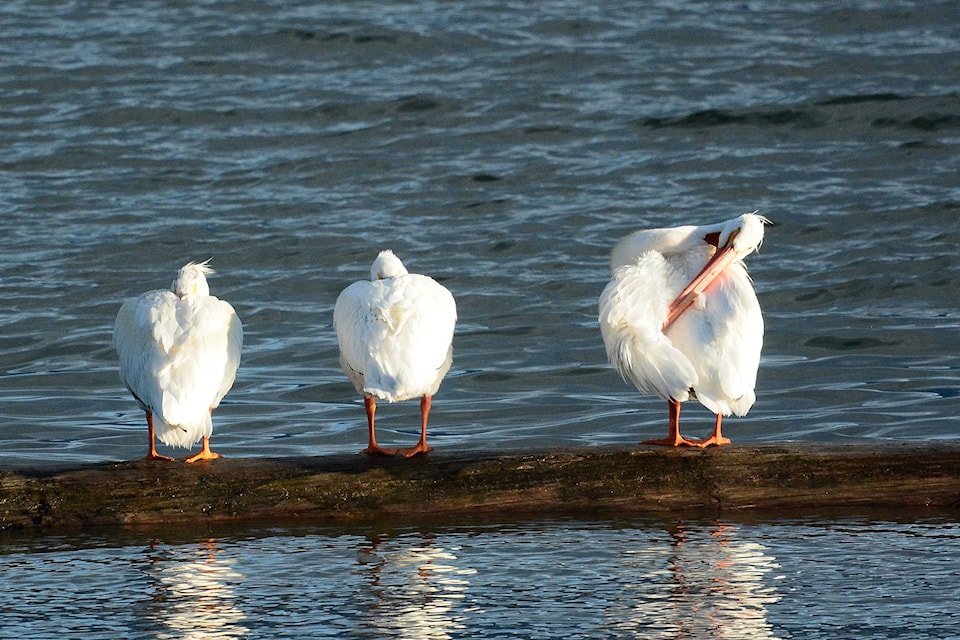We’ve had some interesting visitors to our region recently. The most unusual was a singing male Northern Parula at Summit Lake on May 27th. This colourful little member of the warbler family is quite rare anywhere in BC; there are just 10-15 records all time. It is the second time the species has been seen in our region. The head, wings, and tail are a blueish grey colour; the upper breast and throat are yellow with a narrow red and blue band across the chest; the belly is white. The expected breeding range in Canada is in Ontario, Quebec, and the Maritime provinces.
Next came a Broad-winged Hawk near Silverton on June 6th. We do see a small number of this species during the fall migration, but records at other times of the year are extremely scarce. Other than migration records, I have seen Broad-winged Hawk just twice in the West Kootenay region.
A Trumpeter Swan has been on Box Lake for several weeks, (at time of writing, June 15th, it is still there). Swans are seen in the winter and during migration. But are certainly not expected here during the breeding season. Prior to this year, I had no records at all after mid-April.
A Caspian Tern was seen at the mouth of the Kuskanax on June 7th and 8th. This is an occasional visitor to our region, usually between April and September. I have seen them fewer than a dozen times before.
On June 11th, three American White Pelicans made a brief appearance at the Nakusp beach. There is only one pelican breeding colony in all of BC; and that is in the Chilcotin country west of Williams Lake. Since breeding is well underway at the colony, our visitors were likely not intending to breed this year. Each year, non-breeding birds are seen here and there around the province, but not often in the Arrow Lakes region.
The last surprise was a Clay-coloured Sparrow seen at Hills on June 12th. This is a common species east of the Rockies and does occur in pockets here and there around southern BC. Its preferred habitat is dry, brushy areas, often with lots of wild rose. Since we have virtually none of this type of habitat, we don’t often see the species here. The Hills bird was singing at the edge of a field on Bonanza Road.
